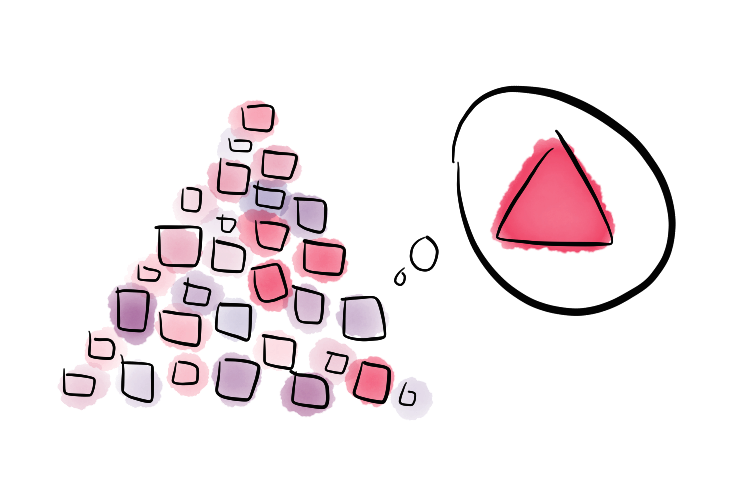We want to know:
How do living systems coordinate to perform impressive feats of collective behavior?

We are part of the School of Complex Adaptive Systems, the Global Biosocial Complexity Initiative, and the ASU-SFI Center for Biosocial Complex Systems at Arizona State University.
Our Research Goals
<— Zoom out to a simplified big-picture view — Zoom in to more detail for the experts —>
Collectives are all around us. These are groups like fish in a school, or bees in a hive, or neurons in a brain. In all these cases, the group does something together — spot a predator, or survive the winter, or make decisions — that is harder for individuals to do themselves. But understanding how the group's behavior is controlled by the individuals that make it up, and predicting how the group might change to work better, is notoriously tricky. In fact, it has been said that this problem is at the heart of the world's outstanding scientific mysteries.
In our research, we look for patterns in how living systems achieve desired collective behavior. These patterns range from basic to complicated. As a simpler example, the mathematics of how activity spreads across a group can reveal how disease spreading across the world is similar to conflict spreading through a society or information spreading through a brain. At the complex end of the spectrum, many living systems seem to be just near the edge of spiraling out of control, seemingly managing a trade-off between maintaining a stable status quo and being reactive to changes that can be quickly amplified.
Why do we care about these patterns? As scientists, we are driven mainly by curiosity. But there are bigger issues at stake, too. We live in the first era in which our own collective behavior has effects not just at the scale of our community or country, but at the global scale. We are facing problems that are analogous to a colony of bees: If a colony gets too hot, before the wax melts, individual bees move to the nest's entrance and start fanning their wings. How do they efficiently move from the status quo (say, foraging for food) to make a collective decision to fan the nest instead? If we can understand the patterns that we see played out so successfully in other living systems, maybe we can use them ourselves to ensure our collective survival.